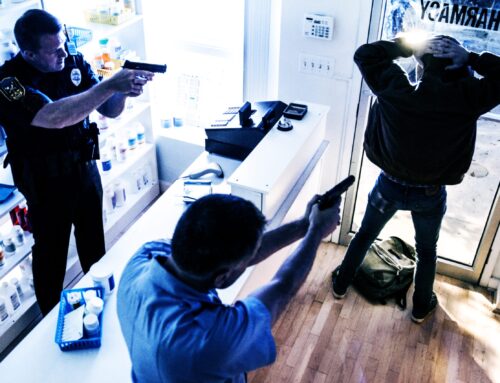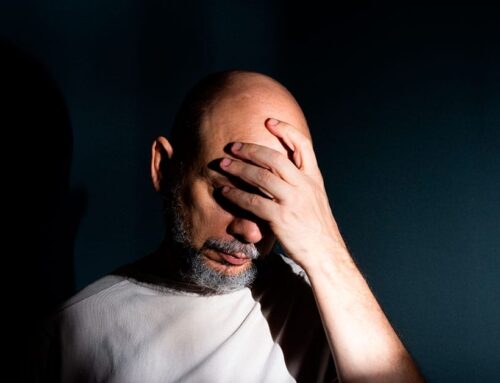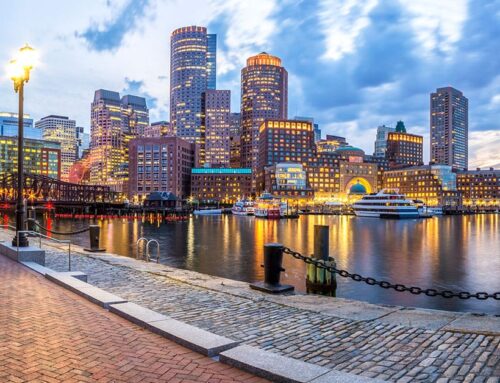What Is the Scope of Private Prisons in the U.S.?
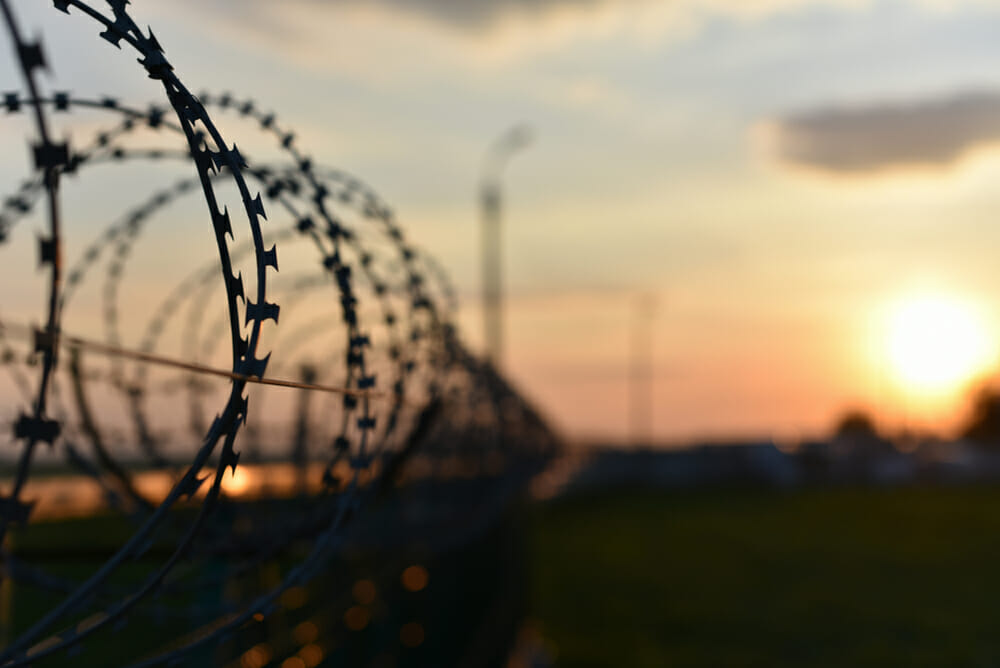
In 2001, the Federal Bureau of Justice Assistance authored a report analyzing then-emergent issues regarding private prisons in the United States. According to the authors of that report, private prisons were first put forth in 1987 to reduce costs and improve outcomes for offenders. However, while advocates said private prisons would reduce costs by 20%, the average savings from privatization was only about 1%, and most of that was achieved through lower labor costs. The following sections examine the scope of private prisons in the U.S. today and why they are slowly fading away.1
Private Prisons in the United States
According to a report by the Sentencing Project, 27 U.S. states and the federal government currently utilize private prisons. As of June 2023, the 158 private prisons in the U.S. hold some 96,730 inmates, approximately 8% of the total state and federal prison population.2
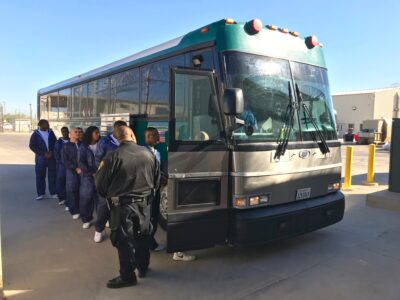
Image courtesy of cdcr.ca.gov
The use of private prisons is currently declining, despite the number of people housed in private prisons increasing by 32% between 2000 and 2018. In 2019, 115,428 people were locked up in private prisons, the highest number ever recorded. But by 2023, that number had fallen to 96,730, and it continues to decline yearly as states end their contracts with private prison corporations.3
The use of private prisons varies, state-to-state. Montana incarcerates almost half of its prisoners in private prisons, but private prisons are not used at all in many states. In the 27 states that still use private prisons, the primary prison corporations include GEO Group, Core Civic, LaSalle Corrections, and Management and Training Corporation.
The following are the states that use private prisons:
|
|
Of those 27 states, ten incarcerate fewer people in private prisons today than in 2000, suggesting the use of private prisons is only going up in 17 states. As of 2023, of the states that do not contract with private prisons, six did utilize such institutions sometime between 2000 and 2023. They ended their contracts with private institutions and transferred inmates to state-run facilities. Another 13 states have never worked with private prisons.
It should be noted that the institution that relies on private prisons the most is the Federal Bureau of Prisons (BOP). Since 2000, BOP’s number of federal prisoners in private prisons increased by 39%. As of 2021, private prisons held a total of 21,565 federal prisoners. However, that same year, the White House issued an executive order saying it would resume a mandate issued in 2016 to phase out the federal government’s use of private prisons.4,5 That order required BOP not to re-solicit any expiring contracts with private detention facilities.
While the federal government’s Bureau of Prisons is rapidly drawing back on its use of private prisons and is no longer signing new contracts with such corporations, the U.S. Department of Homeland Security still incarcerates 19,254 people in immigrant detention facilities, with 79% of that detained population held in privately run facilities.
Four Decades Later: Did Private Prisons Lower Costs?
Proponents of prison privatization suggested such prisons would improve America’s burdensome incarceration system by:
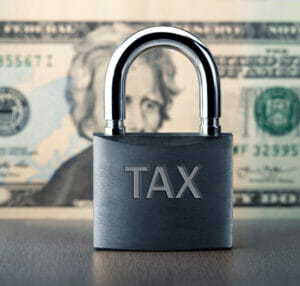
- Incarcerating prisoners for less taxpayer dollars per year.
- Keeping prisoners incarcerated for less time, thus saving taxpayers money.
Research shows neither of those outcomes came to pass. According to the American Economic Journal, private prisons tend to hold inmates longer than their peers in public institutions, thus costing taxpayers more money. Further, what little savings private prisons could show were attributed to private prisons hiring employees for less than public prisons were paying their employees for the same work.6
Four Decades Later: Did Private Prisons Reduce Recidivism?
The same study cited in the previous section provided insight into comparative recidivism rates between prisoners housed in private prisons versus those held in public prisons. One of the researchers in that study compared data on 26,593 inmates from four private prisons and three state prisons in Mississippi. According to that researcher, private prison inmates tended to serve 90 more days than inmates convicted of the same crimes in public prisons.
That researcher also found that 73% of inmates in private prisons serve a large fraction of their sentence before release, compared to 70% of prisoners in public prisons. Despite making their inmates serve more time, private prisons produce formerly incarcerated persons who are just as likely to recidivate (commit crimes again) as public prisons.
Private Prisons Did Play a Role in Pushing Federal and State-Run Institutions Towards Common Sense Reforms
Tough-on-crime laws of the 1980s and 1990s, coupled with the War on Drugs, fueled a rapid expansion in the nation’s prison population. The resulting burden on the public sector led to the emergence of for-profit prisons in many states and the federal system.
Recent years have shown most states and the federal government winding down their use of private prisons. Some states like Arizona, Hawaii, New Mexico, Oklahoma, and Tennessee rely considerably on private prisons for housing imprisoned people (between 21% and 45% of the prison population in these states reside in for-profit prisons). But those states are becoming outliers, and the trajectory is clear. The use of private prisons is declining.
“There were indications that the mere prospect of privatization had a positive effect on prison administration, making it more responsive to reform.”
While there are many legitimate criticisms of private prisons, it is not entirely true to say that the failings of such prisons are the reason for their declining utilization by states and the federal government. In fact, according to one report by the Bureau of Justice Assistance, “There were indications that the mere prospect of privatization had a positive effect on prison administration, making it more responsive to reform.” In simple terms, the emergence of private prisons led state and federal-run prison systems to be more amenable to reforms, which provided a net benefit to prisoners, their families, prison staff, and society.

Progress is made when prisons focus on common sense, evidence-based reform, when they focus on putting the successful rehabilitation of prisoners as the core mandate. Prisoners must have access to educational tools and the resources they need to get to the bottom of why they committed crimes in the first place. Prisoners need tools, support, and real help to develop skills, job training, and healthy coping strategies, all so they can commit to crime-free and responsible lives once released.
Sources:
- BJA. “Emerging Issues on Privatized Prisons.” Bureau of Justice Assistance, 2001. ojp.gov
- SP. “Private Prisons in the United States.” The Sentencing Project, 2023. sentencingproject.org
- NIC. “Private Prisons in the United States (2021).” National Institute of Corrections, 2021. nicic.gov
- WH. “Executive Order on Reforming Our Incarceration System to Eliminate the Use of Privately Operated Criminal Detention Facilities.” White House, 2021. whitehouse.gov
- DOJ. “Phasing Out the Use of Private Prisons.” United States Department of Justice, 2016. justice.gov
- SSRN. “Impacts of Private Prison Contracting on Inmate Time Served and Recidivism.” Social Science Research Network, 2014. papers.ssrn.com


